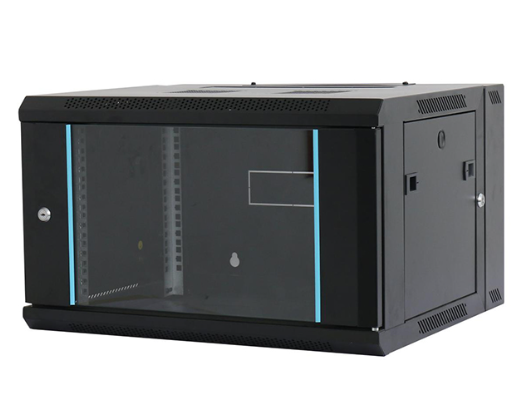News
Site Editor
 Site
https://leonetworkgroup.usa18.wondercdn.com/uploads/image/5fe152faa587d.png
Fiber optic cables are an essential part of modern telecommunications. They transmit light signals carrying information, such as internet data and phone calls, which facilitates global communication. As fiber optic cables play a critical role in telecommunications, it's essential to validate their operation before use. As a result, fiber optic testers are standard tools with technicians, and they
Site
https://leonetworkgroup.usa18.wondercdn.com/uploads/image/5fe152faa587d.png
Fiber optic cables are an essential part of modern telecommunications. They transmit light signals carrying information, such as internet data and phone calls, which facilitates global communication. As fiber optic cables play a critical role in telecommunications, it's essential to validate their operation before use. As a result, fiber optic testers are standard tools with technicians, and they
How To Test Fiber Optic Cable Without Tester
Views: 735
Author: Site Editor
Publish Time: 2023-07-17
Origin: Site
Fiber optic cables are an essential part of modern telecommunications. They transmit light signals carrying information, such as internet data and phone calls, which facilitates global communication. As fiber optic cables play a critical role in telecommunications, it's essential to validate their operation before use. As a result, fiber optic testers are standard tools with technicians, and they utilize it to test the cable's integrity and performance. However, the cost of these testers is high, making it challenging for small-scale users or individuals to own one. In this article, we offer several alternative methods of testing fiber optic cables without a tester.
Visual inspection
It is the most straightforward and the first thing to do when troubleshooting a fiber optic cable. Visual inspection involves checking the fiber optic cable's physical condition for signs of wear and tear, such as cracks, breaks, or bends. Besides, checking the connector interface for cleanliness is crucial. If both interfaces appear clean with no visible wear or debris, it's an indication that the cable may be working fine.
Flashlight test
A flashlight test can help identify whether a fiber optic cable is transmitting light adequately. This test consists of transferring light through the cable from one end while observing the emitting light from the opposite end. To perform this test, cover one end of the fiber optic cable with your hand, and shine a bright flashlight or LED torch into the other end. If light emits from the fiber tip's opposite end, the cable is transmitting light correctly.
Tone generator test
Another way to check a cable's continuity is through a tone generator test. It involves applying a tone at one end of the cable and detecting it on the other while using a voltmeter on the continuity mode. If the cable is continuous, you will hear the tone coming through, and the results of the voltmeter should indicate no interruption.
Optical power meter test
An optical power meter can measure the power loss in optical fiber. The test is an efficient means of measuring the degree of attenuation from one end to the other of a fiber optic cable. The meter has a display that provides the power loss value in decibels per kilometer (dB/km). However, as in contrast to a tester, the power meter does not provide an assessment of the cable's functionality or the causes of the power loss.
Conclusion
Testing fiber optic cables is essential to guarantee their performance and reliability. Although owning a fiber optic tester is undoubtedly the best way to test fiber optic cables, the cost could be a stumbling block. This article shows some alternative ways of testing fiber optic cables without a tester, while they can provide a basic analysis, incorporating a tester in regular maintenance is still recommended. However, the flashlight test, tone generator test, and visual inspection still provide beneficial help.
If you want to know more about industrial network cabinet,china fiber optic splice closure,china fiber optic distribution box,please consult the fiber optic splice closure factory









